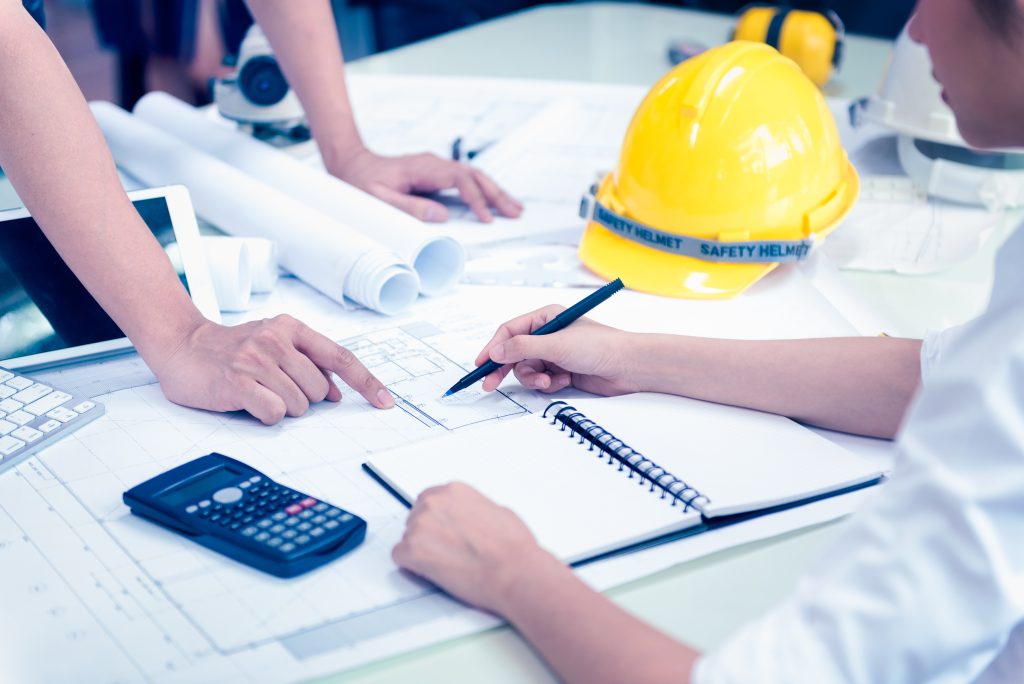The latest research by property development specialist, APRAO, has found that high construction costs are continuing to hit housebuilding productivity, with the cost of materials having climbed by an average of 33.2% versus the pre-pandemic landscape, while the number of new homes delivered each year has remained largely static.
APRAO analysed both the change in the cost of construction materials, as well as the level of new homes delivered since 2019/20, to reveal how increasing costs are stifling the ability for property developers to deliver much needed new housing stock to market.
The analysis of government data from the Construction Materials Index shows that since 2019, the average cost of construction materials has climbed by 33.2%. Insulating materials (+61.4%), pre-cast concrete products (+55.8%) and plastic doors and windows (+49.6%) have seen the largest increase in cost during this time, although cost increases have been seen across the board.
While the complications of the pandemic are thankfully behind us, the latest figures for December show that, on average, the cost of construction materials have still climbed by a further 1.8% over the last year.
This increase has been largely seen across the board, with flexible pipes and fittings (+22.3%), metal doors and windows (+18.2%) and ready-mixed concrete (+13.4%) this time driving this increased cost, however, some items such as timber and aggregates have seen a reduction in cost over the last year.
But it’s not just materials that are costing more, figures from Hudson Contracts show that of the 12 key trades, 11 have seen the average pay per week increase over the last year. On average the weekly pay of these trades has increased by 4.9%, with scaffolders seeing the largest pay rise at 16.3%.
So what does it mean for housing delivery?
Well, since the 2019/20 financial year and in the face of the increasing cost of construction materials, the number of new homes reaching the market has increased by an average annual rate of just 0.3% across England.
Housebuilders across the East Midlands and East of England have been able to best overcome the complications posed by increasing costs, with both regions seeing a respective 5.7% and 5.1% average annual increase in the number of new homes.
The North East (+2.4%) and South West (+1.9%) have also seen a more marginal increase in new homes delivered during this period, however, the remaining five regions have seen a reduction in the average annual number of new homes delivered.
The North West has been the worst performing in this respect, with a -3.1% average annual reduction in new home reaching the market, with London (-0.8%) and Yorkshire and the Humber (-0.8%) also some of the worst performing regions.
CEO of APRAO, Daniel Normal, commented:
“The pandemic presented a myriad of challenges for the nation’s housebuilders, with restrictions around producing and importing building materials leading to a spike in costs. But while the pandemic itself may be well and truly behind us, it’s fair to say that the same challenges remain today, with the cost of many materials remaining higher than they were even a year ago.
At the same time, developers are being hit with higher costs on other fronts, with higher interest rates playing their part, while their wage bill will have also increased.
It’s clear that this added financial pressure is hindering housing delivery, with the number of new homes delivered each year since the pandemic remaining largely flat on average. However, this in itself could be viewed as a win for the nation’s housebuilders, who have, at the very least, managed to maintain a consistent level of housing delivery in the face of spiralling costs.”


